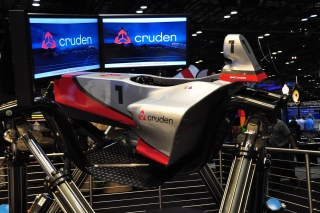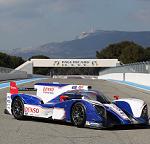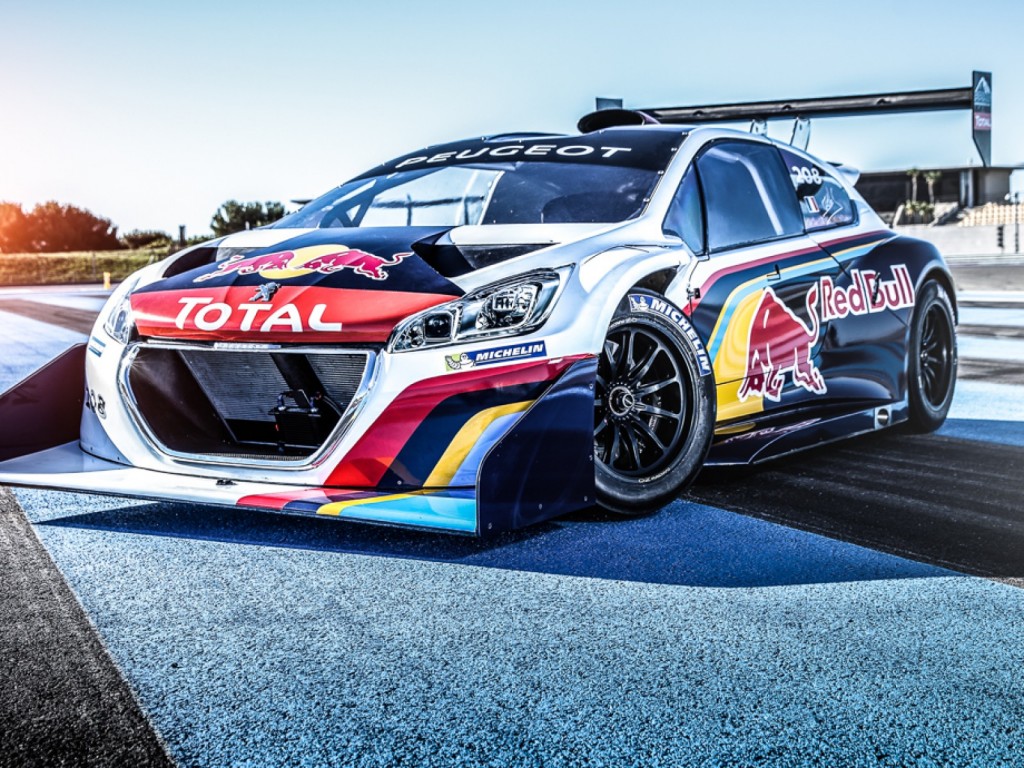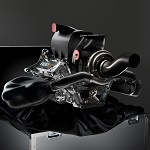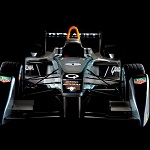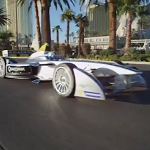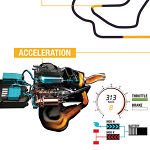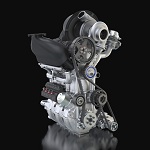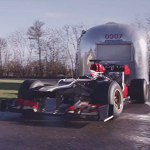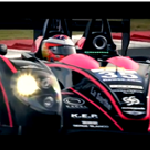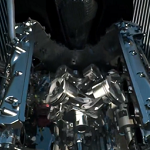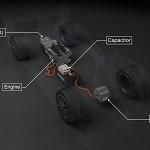The History and Key Differences Between Them
The GT2 RS and GT3 RS are two Porsche 911 models designed with a simple yet compelling premise in mind: a powerful sports car that can also be taken on regular roads. Porsche calls each a “thoroughbred sports car” in the sense that each came from long lines of distinguished and highly capable sports car models
Both are undoubtedly dream machines for any motorsport enthusiast. While these two cars may look superficially similar, they differ substantially in power, character, performance, and cost. This article will go over the origins and key differences between the GT2 RS and GT3 RS.

A GT2 RS and GT3 RS, both with the Weissach package. Source: YouTube.
CLICK HERE FOR A VIDEO REVIEW OF THE GT2 RS AND GT3 RS WEISSACH PACKAGES.
A Brief History
The Original GT2
Let’s start with the GT2. Named after the Group GT2 (Grand Touring Cars) racing class of the FIA, this car was built with racing in mind.
As a high-performance sports car made by Porsche from 1993 to 2009, the GT2 was initially based on the 911 Turbo and used an analogous twin-turbo engine. Despite these core similarities, the GT2 included a smorgasbord of upgrades such as larger brakes and suspension recalibration.

The original 993 generation GT2. Photo courtesy of The Car Spy. Source: Wikipedia.
The original 993 version of the GT2 ditched many of the unnecessary components of the Turbo and thus was quite a bit lighter overall. It had widened plastic fenders and a large rear wing with air scoops for improved engine cooling. Its original engine generated a maximum power of 316 kW, or 444 horsepower. It could hit a top speed of 187 MPH and go from 0 to 60 in 3.9 seconds.
The 996 model came out in 1999 and, unlike its predecessor, was envisioned first and foremost as a road car. The new GT2 featured a twin-turbo version of the GT3’s flat-six engine (see below). It had a maximum power output of 350 kW (476 hp). The body also witnessed several changes from the previous 993 model. Major differences included wide fenders, a sharper, more aggressive nose, and a larger rear wing.

The 996 GT2. Source: Car Throttle.
Sources: Sport Car Market; Car and Driver.
The Original GT3
The GT3 was first introduced in 1999 as a homologation model of the ever-popular Porsche 911, specifically the Porsche 996 model range. Like the GT2, the GT3 was named after the class from the FIA. Also like the GT2, the GT3 was focused on racing and eliminated any items or features that added unnecessary weight to the car. Gone were the rear seats, sound dampening, rear loudspeakers, sunroof, and air conditioning. In came a new flat-six engine design based on units used in the 911 GT1 race car. The engine became known as the Mezger after its chief designer, the engineer Hans Mezger.

The original GT3, made from 1999 to 2005. Photo courtesy of Alexandre Prévot from Nancy, France. Source: Wikipedia.
Although the Mezger is very similar to the completely water-cooled 962 engines, except that the GT3 engine uses two-cylinder heads each covering a battery of three cylinders.
Interestingly, because the air-cooled crankcase has an engine-to-transmission mounting flange configuration, the 996 GT3 used six-speed manual gearbox that was also inherited from the air-cooled 911. Because this gearbox had interchangeable gear ratios and was more durable overall, it was better suited for racing than the standard 996 type of gearbox.
The GT3 also featured enlarged brakes, a lowered and retuned suspension system, lighter wheels, and a special front bumper with rear spoiler to bolster downforce and increase overall grip. The sum total of all these features made the GT3 one of the best track cars Porsche had produced up until that point.
Source: Road & Track.
The GT3 RS
In 2003, Porsche introduced the first 911 GT3 RS, a somehow even more racing-focused version of the 996 GT3. The “RS” stands for RennSport, or “racing sport” in English.
Notable improvements over the original GT3 included aerodynamic body enhancements, carbon fiber parts, and a magnesium rooftop. The GT3 RS possesses a 4.0-liter flat-six engine with 520 HP. Just as interesting are its optional Porsche Ceramic Composite Brakes (PCCB), which are extremely heat and fade resistant compared to typical cast iron units included as factory standard.
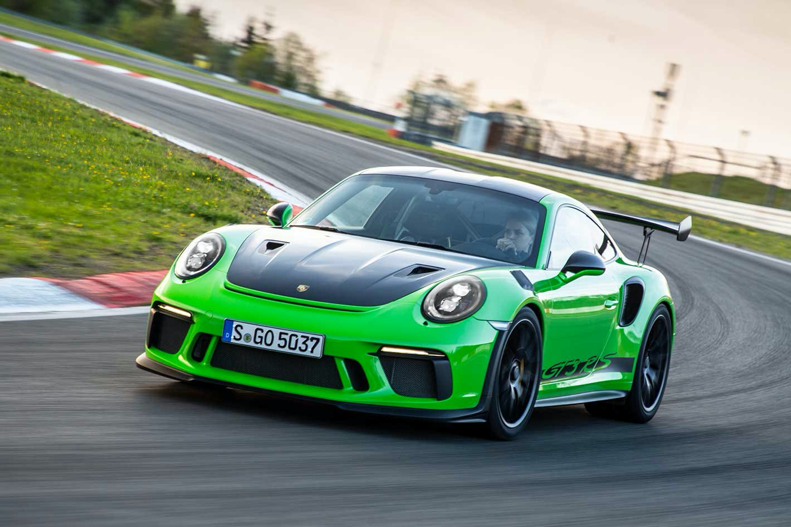
The 991.2 GT3 RS (with the Weissach Package), released in February 2018. Source: whichcar.com.
Despite all these extra features, the GT3 RS is slightly lighter than the GT3 thanks to a polycarbonate rear window, a carbon fiber hood, and a rear wing for reduced drag.
The 991.1 GT3 RS came out in 2016. Since then, Porsche has continued to release new, facelifted GT3 RS models ever since, the most recent being an update of the 991.2 GT3 in 2018.
Additionally, the GT3 RS has a number of different engine specifications from the GT3. For the purposes of racing homologation, the cylinder heads of the GT3 RS have reshaped intake and exhaust ports. It has progressive, rather than linear, springs, and the dampers are somewhere between 10 and 15% stiffer than the GT3. Wheel carriers are made to maximize dynamic control, while the suspension top mounts can be turned 120 degrees. One result of all this is that the GT3 RS is about a tenth of an inch lower to the ground than the GT3.
The GT3 RS can accelerate from 0–60 MPH in 4.3 seconds and has a top speed of 190 MPH.
Sources: whichcar.com; EVO.
The GT2 RS
In 2010, Porsche introduced the first GT2 RS to the world. Whereas the GT3 RS was produced alongside the original GT3 for several years, the GT2 wholly replaced the GT2 when it came out. Both lighter and stronger than the original GT2, the GT2 RS engine generates a power output of 456 kW along with 700 N⋅m of torque.

The original 2010 Porsche 911 GT2 RS. Photo courtesy of Falcon® Photography from France. Source: Wikipedia.
In 2017 the 991 generation of the GT2 RS was unveiled. With a 3.8 L twin-turbo flat-six engine, the 991 GT2 RS has a maximum power output of 515 kW, or 691 hp, along with 750 N ⋅ m of torque. This version of the GT2 RS holds the distinction of being the most powerful production 911 variant Porsche has ever built. Because it does not have all-wheel drive, the GT2 RS is also about 300 lbs. lighter than the Turbo S it was originally based on.
In order to minimize weight, the GT2 RS incorporates a titanium exhaust system, carbon-ceramic brakes, rear-axle steering, and a stability and traction control program.

The Porsche 991 GT2 RS. Photo courtesy of By Alexandre Prévot from Nancy, France. Source: Wikipedia.
In 2017, Porsche test driver Lars Kern used a 911 GT2 RS to set a 6 minute, 47.3 second record time around the Nürburgring Nordschleife, with an average speed of 114.4 MPH.
A GT2 RS holds the record for the fastest production lap eve recorded, coming in at 3 minutes, 24.079 seconds around a 7.77 km track. This record was set in 2018 by Warren Luff, an Australian race and stunt driver.
The 2019 Porsche GT2 RS is, as far as we can determine, the fastest street-legal car available right now. It goes from 0 to 60 MPH in 2.7 seconds.
Sources: Auto Express; Porsche; Bring a Trailer.
Differences between GT2 RS and GT3 RS
We spoke to several customer service representatives from Porsche. They told us that the difference between the GT2 RS and GT3 RS can be summarized in one word: speed.
The GT3 RS is renowned for its mix of speed, handling, performance, and feel. The GT2 RS, on the other hand, pushes the speed envelope as far as Porsche cars can possibly go.
Another thing to note is each car’s limited availability. “These two models are limited productions,” one agent noted. “The GT3 is only available every 4 years, whereas the GT2 is available every 7-8 years.” Additionally, “the GT2 RS will only be available once during that model’s lifespan.”
This article will primarily discuss the latest versions of the GT2 RS and GT3 RS, released in 2017 and 2018 respectively.
Engines
The key difference between the GT2 RS and GT3 RS, our sources told us, lies in the core engine each one is built off of. They share many of the same design elements and both are great for road or track use. However, the GT2 RS takes those elements and combines them with its powerful twin-turbo engine.
The GT2 RS uses a 3.8-liter flat-six twin-turbo engine inherited from the original 911 Turbo S. The GT3 RS, on the other hand, is built with a naturally aspirated 4-liter flat-six engine. It uses a VarioCam system that constantly alters the timings of all four cams. This allows the engine to maximize all 22 lbs. of its boost.
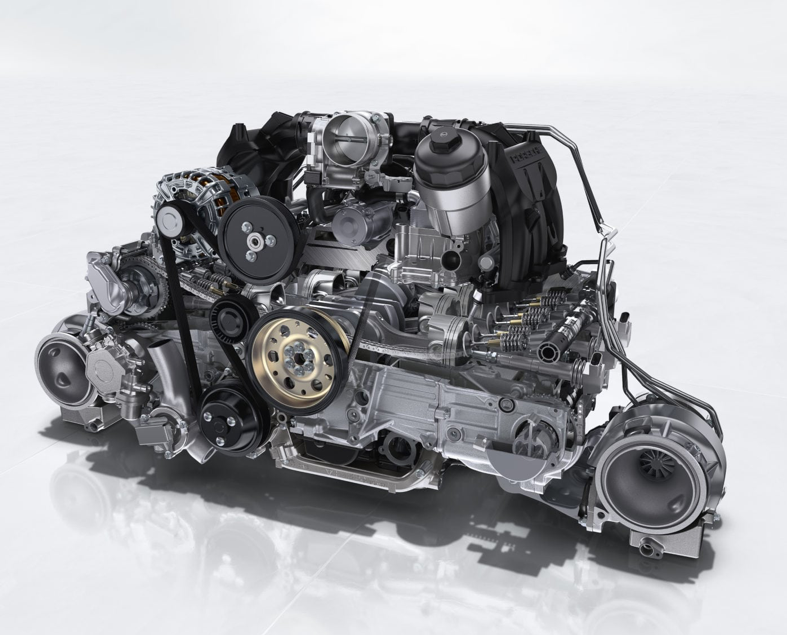
The 3.8-liter flat-six twin-turbo engine used in the GT2 RS. Source: duPont Registry.
What this means is that the GT2 RS produces 700 HP compared to the 520 HP of the GT3 RS. The GT2 RS can hit a top speed of 211 MPH, compared to the 193 MPH limit of the GT3 RS. This allowed a GT2 RS to complete the legendary Nürburgring lap a full 10 seconds faster than its GT3 RS competitor.
The GT3 RS, in contrast, is all about performance. With its standard PDK transmission, performance-tuned suspension system, carbon ceramic brakes, and multiple aerodynamic enhancements, the GT3 RS exhibits fantastic handling in every way.
However, be aware that the GT2 RS does not allow for either all-wheel drive or 4-wheel drive. This may be a serious concern for some drivers who demand stability and grip in their cars. The lack of AWD or 4WD has led the duPont Registry to call the GT2 class “the modern Widowmaker.” Take that information as you will.
Most people agree that, while the GT2 RS possesses raw (at times frightening) power, the GT3 displays superior handling and makes for a better track car overall.
Other Features: Cooling, Shock Dampening, Calipers, Brakes, etc.
Compared to the GT3 RS, the GT2 RS has larger turbochargers, a modified crankcase, different pistons, a special kind of multi-tube air filter, large intercoolers, enlarged airducts, and a water injection system. All this means that, even in the most extreme conditions, the GT2 RS will turn in a reliable performance.
As you can see, there is quite a power difference between these vehicles. For this reason, they also have differently calibrated shock dampening, steering (both axles), and stability control systems.
Our sources especially wanted to emphasize the larger brakes on the GT2 RS, which have a caliper “about 10 mm bigger” than the GT3 RS. Further, whereas the GT2 RS comes standard with carbon ceramic brakes, the GT3 RS uses cast iron rotors. However, “the 3 brakes are slightly smaller at 380 mm in diameter.”
Price
We should, of course, mention the cars’ relative price ranges. According to our sources, “The [GT3 RS] will usually be around 300 thousand whereas the [GT2 RS] will be about half a million” in price.
Take the latest versions, for example. The latest version of the GT2 RS has an MSRP from about $293,200. The GT3 RS, on the other hand, starts at around $187,500. It’s up to you to decide if the extra speed and raw power of the GT2 RS is worth the extra hundred grand.
Weissach Package
Before concluding, we should mention the Weissach Package that is optional for both GT2 RS and GT3 Rs. The WP, originally devised for the Porsche 918 Spyder, grants extra engine power and reduces the weight of a car by about 40 lbs.
The package comprises of anti-roll bars on front and rear axles, coupling rods and roof both made of carbon-fiber reinforced plastic, and optional forged magnesium wheels. It includes a bolt-in roll cage made of titanium, which, as we all know, possesses the best strength-to-weight ratio of any metal. This makes it approximately 26.5 lbs. lighter than the steel roll cage. If that weren’t enough, the ultra-light gearshift paddles and the steering wheel trim are also made of carbon-fiber reinforced plastic with a carbon-weave finish. They even made the carpet trim lighter.

It would be safe to assume that the GT2 RS with the Weissach Package is hands-down the lightest and fastest Porsche ever conceived. Source: bringatrailer.com
Sources: Porsche; bringatrailer.com.
Conclusions
So, in conclusion, the GT2 RS is about pure speed, whereas the GT3 RS is about balancing speed with exquisite performance.
If you’re need for speed is absolutely unquenchable, the GT2 RS could be the car for you. But if you want smooth handling and control while still easily achieving white-knuckle speeds, give the GT3 RS a try.
Sources: Top Gear; Porsche Centre North Toronto; Rusnak / Pasadena Porsche; Romans International; phone interviews conducted with customer service representatives from Porsche (06/02/2020).

